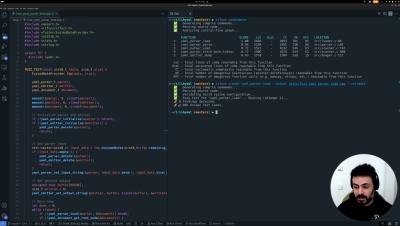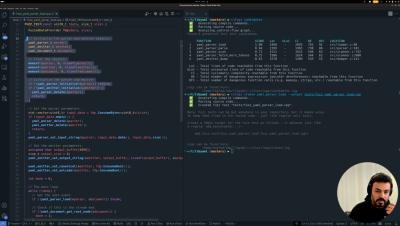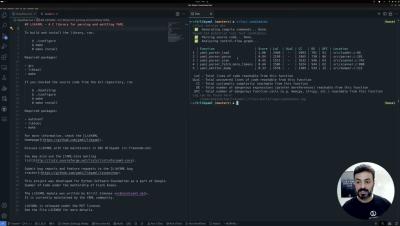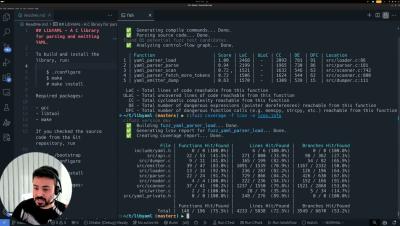Step 3. How to automatically validate AI-generated Fuzz Tests
After generating fuzz tests with LLMs, the next important step is verifying that these tests are of high quality and ensuring they run and work as intended. CI Fuzz can now automatically build the generated fuzz test, run it, and perform a health check to assess its quality and refine it further if it doesn't pass the health check. Watch the video to see it in action.





